“Neglected tropical diseases are the most common affliction of the world’s poorest people.” – Bill Gates
Learn about Chagas Disease, its prevalence, treatment, and the significance of World Chagas Disease Day in this article.
Table of Contents
Chagas Disease is a silent killer that affects millions of people worldwide. World Chagas Disease Day aims to bring attention to this neglected tropical disease and promote early detection and treatment.
What is Chagas Disease?
Chagas disease, also known as American trypanosomiasis, is a parasitic infection caused by the protozoan parasite Trypanosoma cruzi. It is endemic to Latin America, where an estimated 6-7 million people are infected. Chagas disease can be transmitted through the bite of infected triatomine bugs, also known as “kissing bugs,” as well as through blood transfusions, organ transplantation, and from mother to child during pregnancy.
Prevalence and Transmission
In the acute phase of the disease, which lasts for the first few weeks or months after infection, symptoms can include fever, fatigue, body aches, and swelling at the site of the bug bite. In some cases, the infection can cause serious complications, such as inflammation of the heart muscle or the brain, which can be fatal. However, many people with acute Chagas disease do not have any symptoms.
If left untreated, the infection can enter a chronic phase, which can last for decades. During this phase, the parasites can cause damage to the heart, digestive system, and other organs, leading to symptoms such as chest pain, difficulty swallowing, and abdominal pain. Chronic Chagas disease can be life-threatening, particularly if it affects the heart.
Treatment and Prevention
Treatment for Chagas disease typically involves antiparasitic medications, such as benznidazole or nifurtimox. These medications can cure the infection if given early in the course of the disease, but they are less effective in the chronic phase. Treatment can also help to prevent complications and reduce the risk of transmission.
Prevention of Chagas disease involves reducing exposure to triatomine bugs and avoiding contact with infected blood or tissue. This can be done by using insecticide-treated bed nets, sealing cracks and crevices in homes to prevent bug entry, and screening blood donors and organ donors for the infection. In some areas, efforts are also being made to control the bug population through insecticide spraying and other measures.
Thank you for reading and helping us raise awareness about Chagas Disease. Subscribe to our newsletter and follow us on social media for more health-related content.





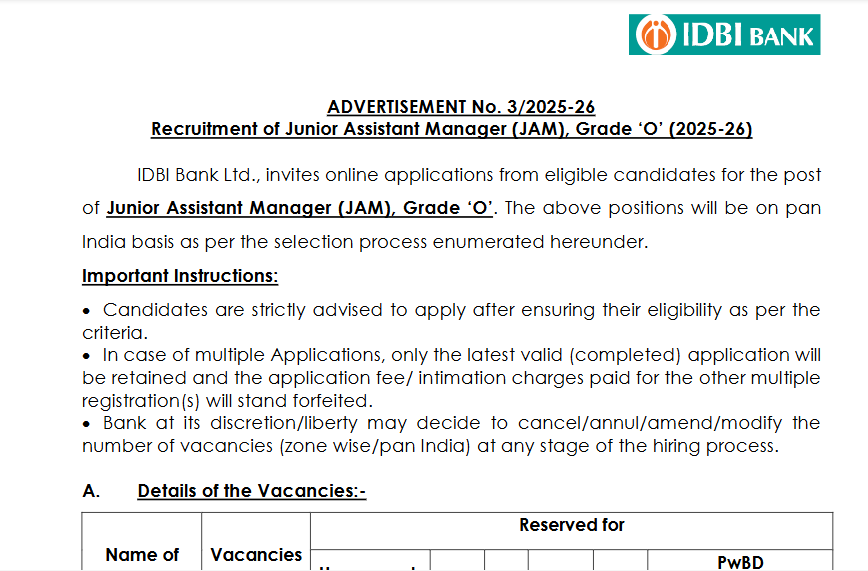


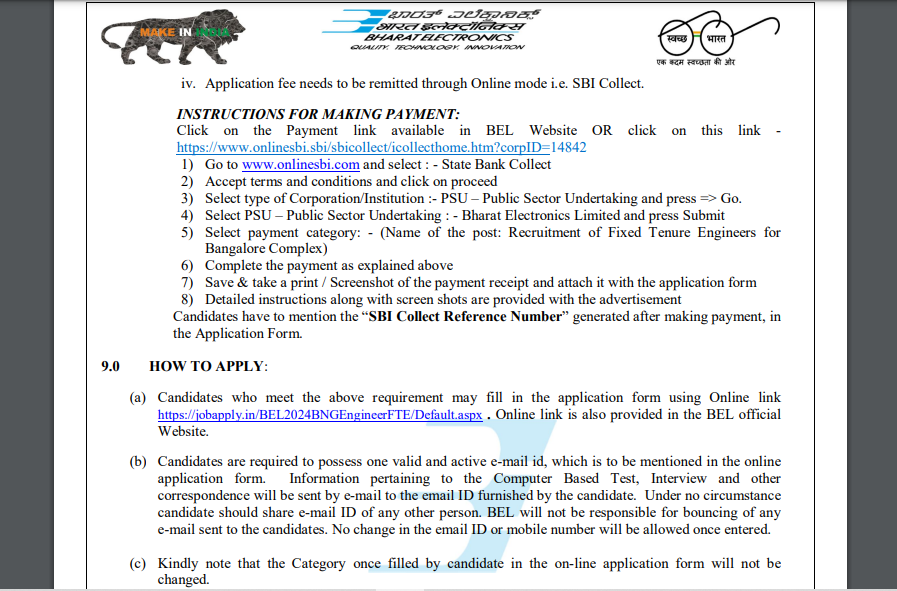
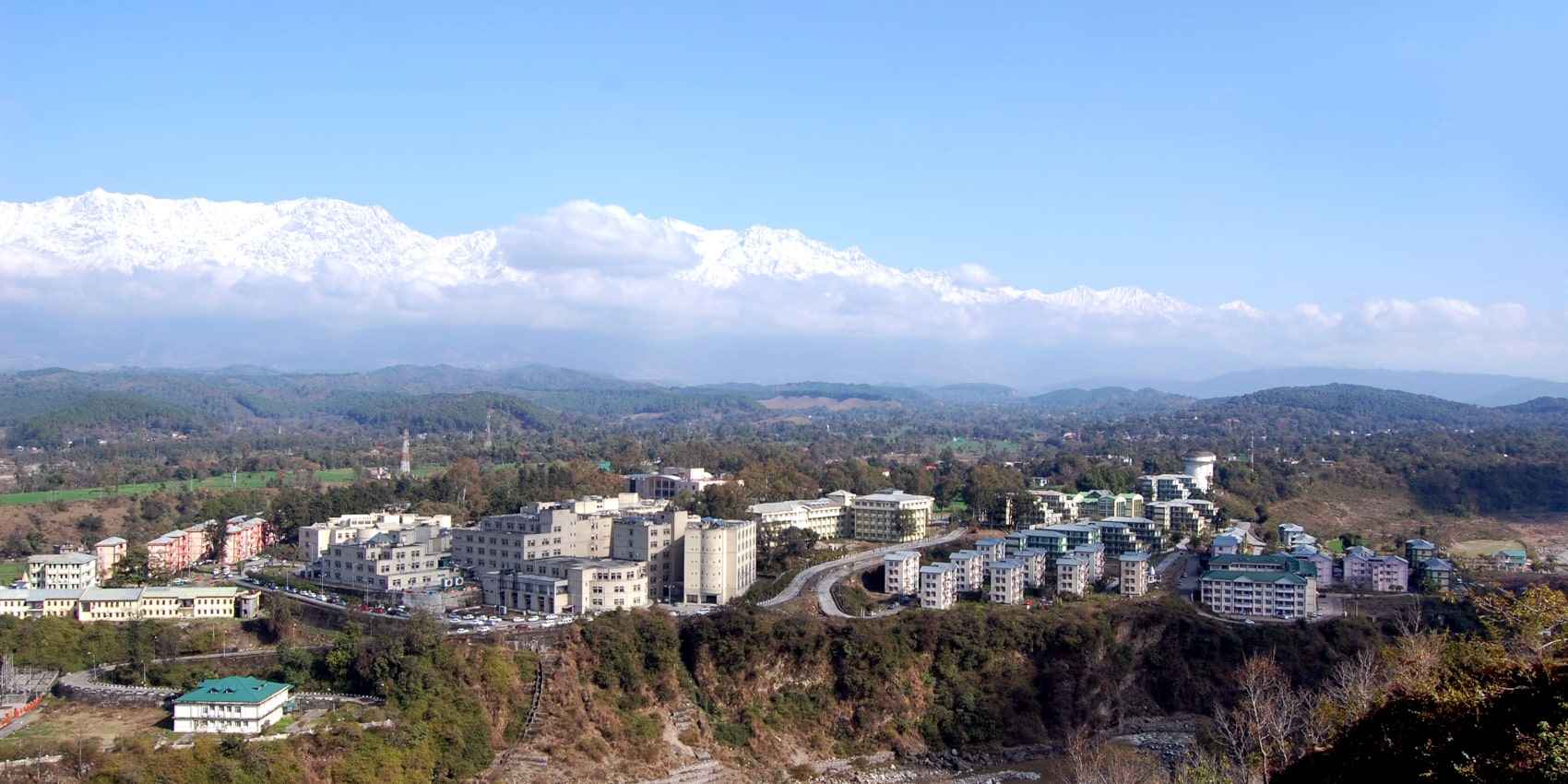
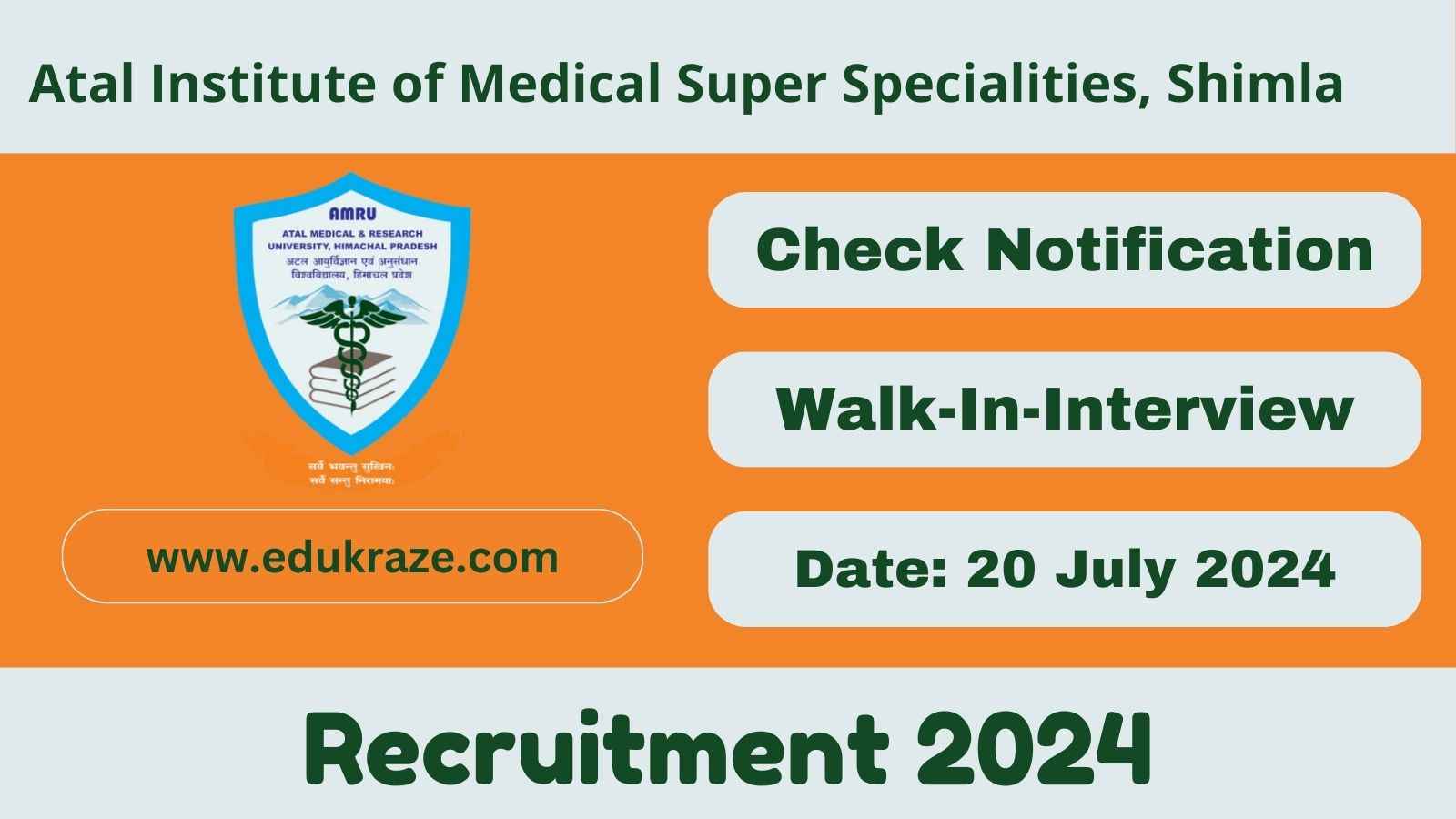


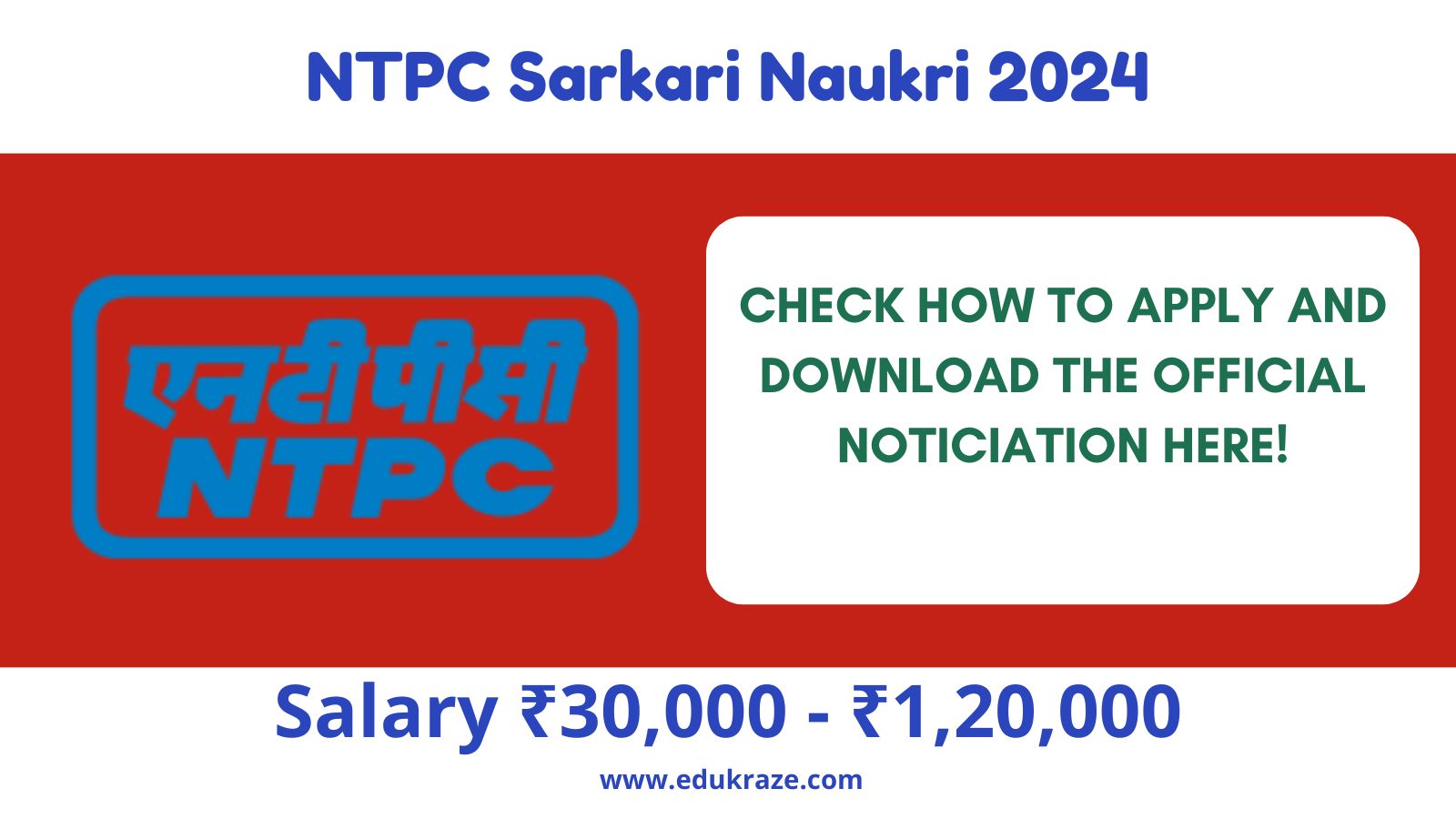
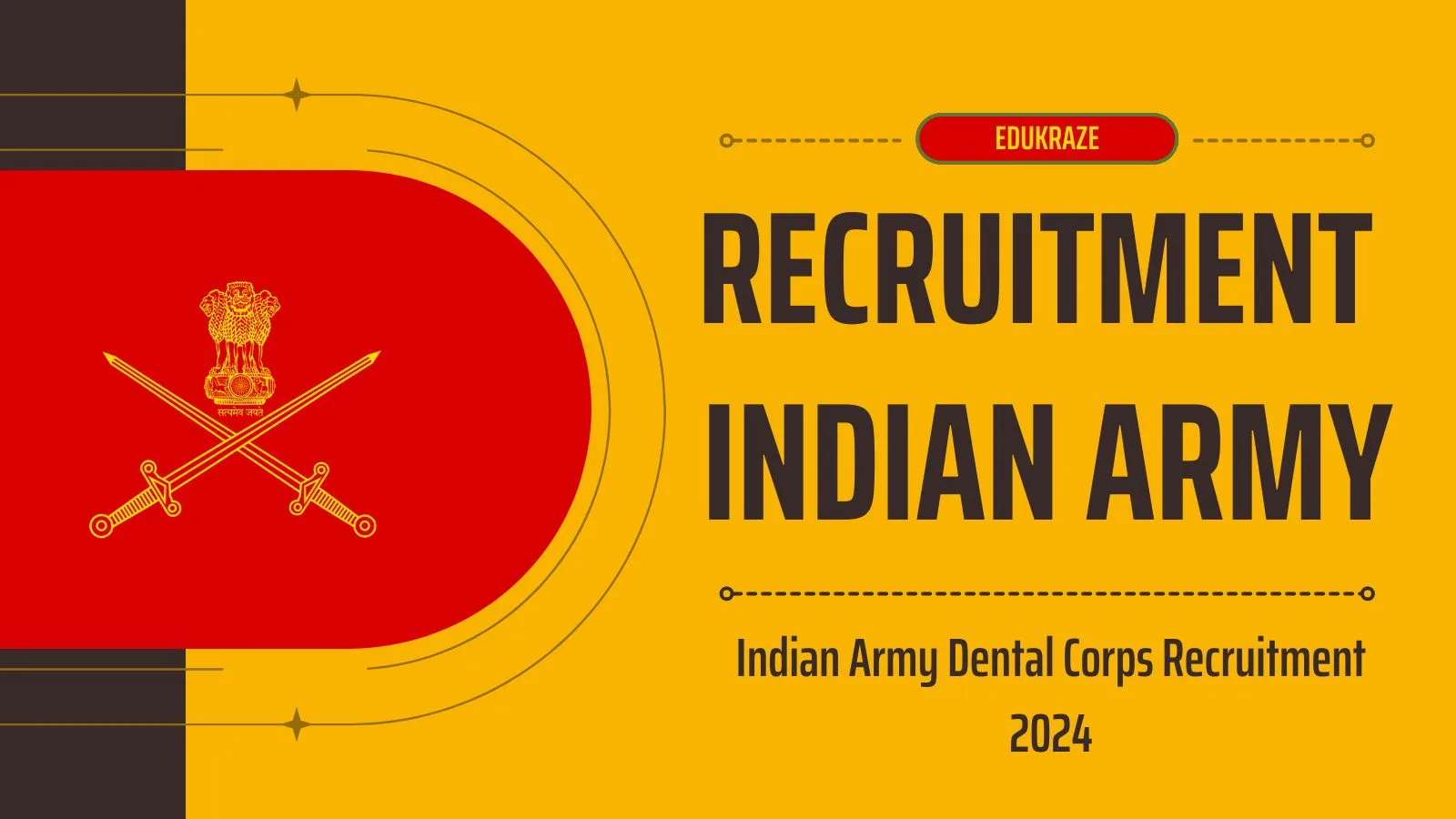










I am not real fantastic with English but I find this very leisurely to translate.